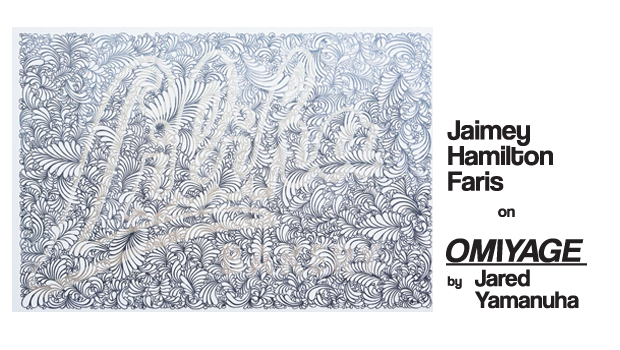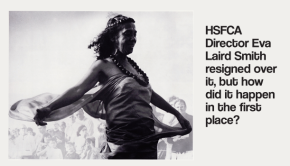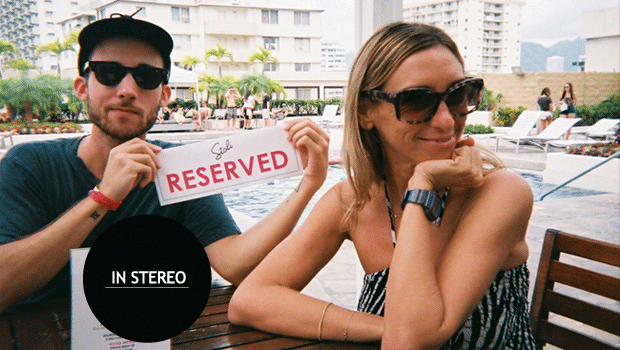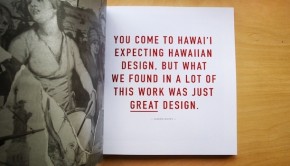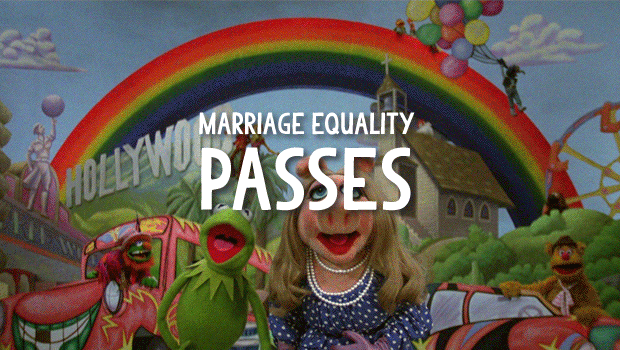Take A Second Helping of Jared Yamanuha’s Extended ‘OMIYAGE’
Local delicacy. This is how I would start to characterize Jared Yamanuha’s new series of intricately cut photographs, on view at The Human Imagination in Chinatown right now and extended through the end of this month. These relatively small (mostly 10-by-15 inches) digitally-enhanced photos feature some of Hawaii’s best-known confectionary establishments: Leonard’s, Liliha Bakery, Napoleon’s, and Nisshodo Mochiya. Yamanuha takes the obvious image of sweets-as-delicacies and, with a tiny swiveling X-Acto knife and seemingly unending amount of patience, transforms them into a meditation on the delicacy of building and reaffirming relationships through 0miyage.
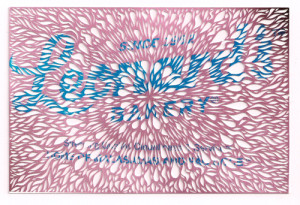 His amazingly pristine cuts create a formal and experiential latticework that reference the Japanese gifting tradition in which small items are wrapped in intricately patterned and folded paper or fabric. In Japan, and in diasporic households across the globe, one brings omiyage to another’s house when visiting or when returning from a trip. More often than not, it is food, sweets, or something that can be shared. Omiyage has taken on a distinct local multi-ethnic tradition in Hawaii, complimented by the gift-giving traditions of Hawaiian culture as well as other Asian and Pacific cultures.
His amazingly pristine cuts create a formal and experiential latticework that reference the Japanese gifting tradition in which small items are wrapped in intricately patterned and folded paper or fabric. In Japan, and in diasporic households across the globe, one brings omiyage to another’s house when visiting or when returning from a trip. More often than not, it is food, sweets, or something that can be shared. Omiyage has taken on a distinct local multi-ethnic tradition in Hawaii, complimented by the gift-giving traditions of Hawaiian culture as well as other Asian and Pacific cultures.
The range of foodstuff that Yamanuha chose to engage as omiyage, especially for those that live in Honolulu, are instantly recognizable; Leonard’s Bakery, for instance, is known for its Portuguese-Vietnamese malasadas with haupia filling, an essential contribution to any potluck (which also has a distinctly local mix plate style in Hawaii).
Knowing the experience of sharing these foods in households across the islands seems to depend on a certain kind of insider position. There is an obvious reverence for these long-standing local businesses that have managed to remain in their original locations, with essentially the same humble structures and sensibility for 50 years, even as long lines of tourists crowd the stores. But even without this knowledge, Yamanuha gives enough for any art viewer with a sensitivity to reading across cultures and to code-shifting to understand the transcultural negotiations involved in unpacking the relationships between the “bakery pink” colors, the identifiable 1950s fonts, and Japanese references to gifting.
 The level of care with which Yamanuha transforms his photographs of commercially-made boxes and labels into floral patterns is a beautiful demonstration of his labor and time. His initial cuts respond to the shapes within each image. Through a process of what he terms “local problem solving”, these shapes emerge as a consistent pattern across the surface of the image. The result of such adept formations is an elegant tension between image and abstraction. Liliha Bakery (2012) and Leonard’s Bakery (2011), pictured, both demonstrate the power of their logos under erasure (taken from a distance they are fairly readable). The Hawaiian Sun images feature circular patterns that, from far away, give the illusion that the logo has worn away. The question of how much visual information to excise, how thin he can cut, and how complicated he can make the pattern, all while still keeping the material’s network connected (much like Chinese paper cutting), contribute to the lightness, fragility, and organic distinction of each piece.
The level of care with which Yamanuha transforms his photographs of commercially-made boxes and labels into floral patterns is a beautiful demonstration of his labor and time. His initial cuts respond to the shapes within each image. Through a process of what he terms “local problem solving”, these shapes emerge as a consistent pattern across the surface of the image. The result of such adept formations is an elegant tension between image and abstraction. Liliha Bakery (2012) and Leonard’s Bakery (2011), pictured, both demonstrate the power of their logos under erasure (taken from a distance they are fairly readable). The Hawaiian Sun images feature circular patterns that, from far away, give the illusion that the logo has worn away. The question of how much visual information to excise, how thin he can cut, and how complicated he can make the pattern, all while still keeping the material’s network connected (much like Chinese paper cutting), contribute to the lightness, fragility, and organic distinction of each piece.
As the effluence of floral patterns impedes the recognizability of the logo for just a minute, it leaves a pause to appreciate the effort of the artist in negotiating the distinctly local resonances of his content. It would do Yamanuha well, who doesn’t have an art school background (he has a degree in English Literature) to bring in a bit more critical engagement to his commodity and Japanese folk craft references. There are a number of globally recognized artists who do this brilliantly. Two immediately come to mind: Rabiq Shaw, with his bejeweled images that reference Persian mythology and tapestry traditions, and Ellen Gallagher, who adds bling to her black pop culture references. Both deal with the effects of a culture’s transnational dissemination through their obsessive craftsmanship.
I see possibilities for this kind of engagement already in the ways that Yamanuha extends his theme to include Matsumoto’s Shave Ice, Hawaiian Host chocolates, a suite of Hawaiian Sun labels featuring different flavors, and even a Long’s Drugs ad featuring some of the above items. The tension between “locally made” food and the impact of commercial food production and tourism starts to mingle in interesting ways. These packaged exotic delicacies are everywhere, accessible for the pleasure of its visitors. This has somehow become synonymous with the aloha spirit, which, in turn is often simplified into a notion of being a good host. In choosing the title, Omiyage, Yamanuha flips these ideas on their head. Instead, he asks us to consider something equally, if not more, important: being a good guest. These items do not simply represent the bounty of Hawaii for all to take, but in the context of gifting, they represent an extension of indebtedness and gratitude that strengthens the social bond. The guest with gift acknowledges the generosity of the host.
Yamanuha’s Omiyage is on display at The Human Imagination through December. 1154 Nuuanu Ave., Mon.–Sat., 11am–7pm. Yamanuha’s work will also be presented in the Obsessive Reductive exhibition at the Museum of Craft and Design in San Francisco from Feb. 1 through March 30, 2014.

